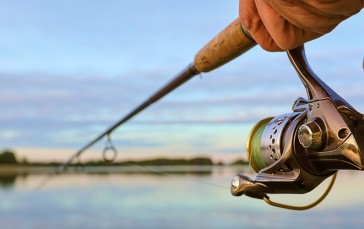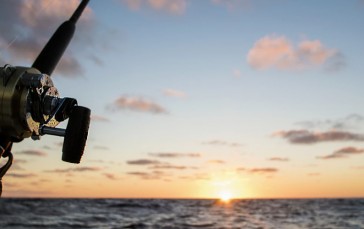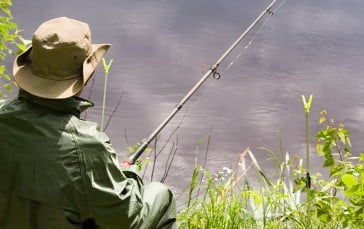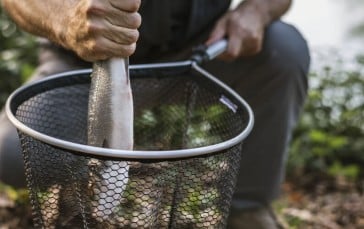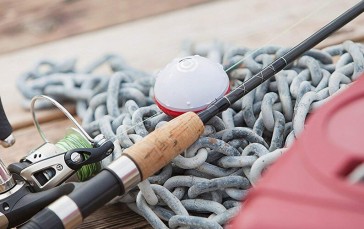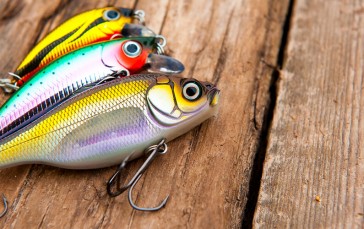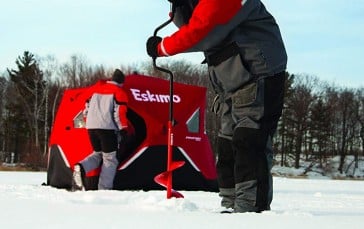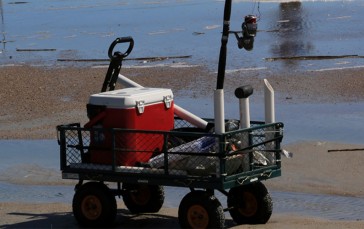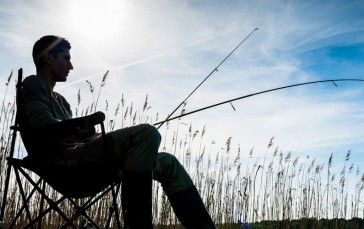Prepare & Store Fish Until You Hit Shore
Finally, the morning of the long-anticipated fishing trip with the crew has rolled around. Sure feels good to be off the grind far from the hectic week at work. God knows you deserve it. No doubt, fishing is an activity with many years of antiquity, dating back centuries; but nowadays it is enjoying a vitality never seen before. Although it may not seem like it, this sport has many benefits for both the physical and mental health of those who practice it. Once outdoors by the lake, it feels even better once you catch those big fishes you keep spotting. However, seeing as fish does not really keep well, it would be a real shame to watch that large catch go to waste before you hit the shore. We can help your catch survive the trip to the shore with the five tips below.
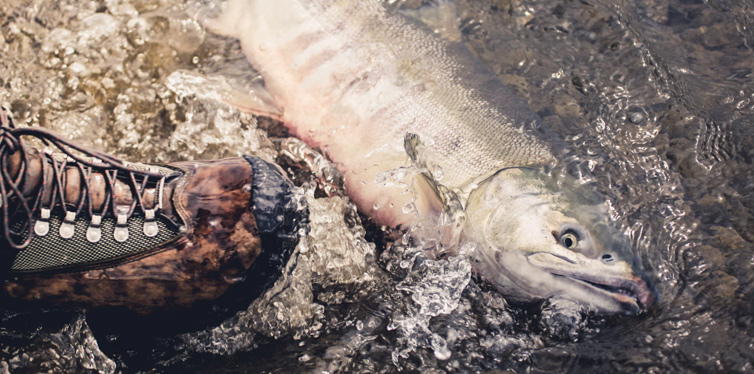
1. Organize Your Equipment
Failure to prepare is preparing to fail, so the saying goes. A fishing expedition is hardly a spontaneous activity yet many a fisherman has failed to adequately prepare for a trip and ended up out on the sea or lake with an impressive haul only to end up arriving the shore with the better part of it spoilt to the point of rot and stinking up the place. Do not be that fisherman. Those fish would look and certainly taste better marinated to perfection and upon a grill with baked potatoes for company and eager mouths waiting to dig in.
You will be needing to take a cooler along to keep the fish in a controlled temperature. Same goes for a fishing knife. It is a must-have for cleaning fish ahead of storage – you can hardly gut a fish with your bare hands. Another indispensable piece of fishing gear for the trip is a pair of fishing pliers which are perfect for cutting fishing lines or removing hooks to name a few of its many uses.
2. Ice The Fish
Icing a fish is a popular method of protecting it from possible spoilage ahead of the sail back to shore. You see where that cooler is coming in handy, huh? Before setting sail, a cooler filled with ice should have been ticked off your checklist. Storing fish in an ice cooler is best done as soon after catching them as possible to retain the freshness and to lock-in that natural fish flavor. However, the fish should be prepared first before stuffing them in the cooler.
Using your fishing knife, disembowel the fish removing all its gills and guts. Guts contain waste products, fecal matter included. Allowing this dirt to remain in the fish can ruin the natural fish flavor peculiar to a fresh kill. Do not allow more than ten hours before you gut the fish. Ensure it remains well iced during the pre – gutting period. Once the fish is thoroughly cleaned, keep it in the cooler completely covered in ice, it’s now empty stomach included.
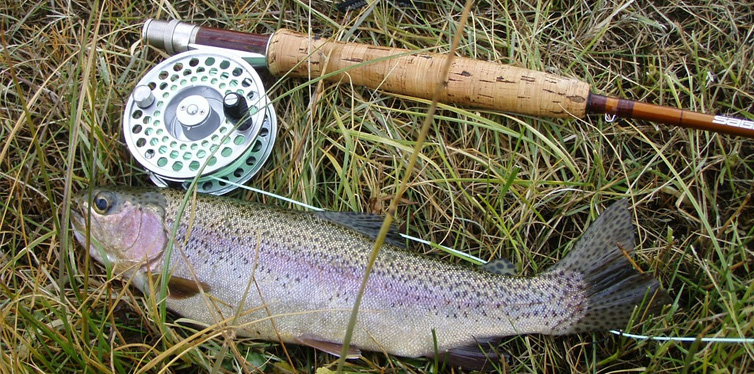
3. Use A Live Box
You might prefer preserving your fish alive for the ride back to shore. Perhaps you would like to enjoy the pleasure of watching your partner’s face light up on seeing that 4-foot tuna swimming around in its full glory. You will need a live box or at least a wide bucket to carry the fish in. The wider the bucket the better. Who knows, you just might actually reel in a 12-foot bass.
Fish get stressed quite easily and can die in transit. It is important you preserve them the right way if you plan to make it to shore with them still alive. Do not put too many fish in one bucket to reduce their stress levels. The water temperature of the live box is equally of importance. Warm water exposes the fish to oxygen. Best is to take some of the lake water the fish came from that way there is no sudden shock to it. Throw in some ice intermittently to keep the fish’s heart rate under control.
4. Freeze The Fish
Perhaps your fishing boat has a freezer on board. You could go ahead and freeze your fish at once. There is a process to freezing fish properly though. Get the right packaging when freezing fish especially if you hope to retain that fresh fish flavor for as long as possible. Failure to properly wrap your fish could lead to freezer burn, a condition in which the fish gets dehydrated leaving the flesh tough and leathery. The idea is to keep out oxygen while locking in moisture. Get your packaging right and watch your fish keep for months on end.
Aluminum foil while a good packaging material has the downside of easily getting ripped exposing your fish to moisture. Cling wrap, on the other hand, is better for the job as it clings tightly to the fish leaving no room for oxygen to creep in. Make sure to wrap it as tightly as possible. After cling wrapping, you could still use the aluminum foil as a final layer.
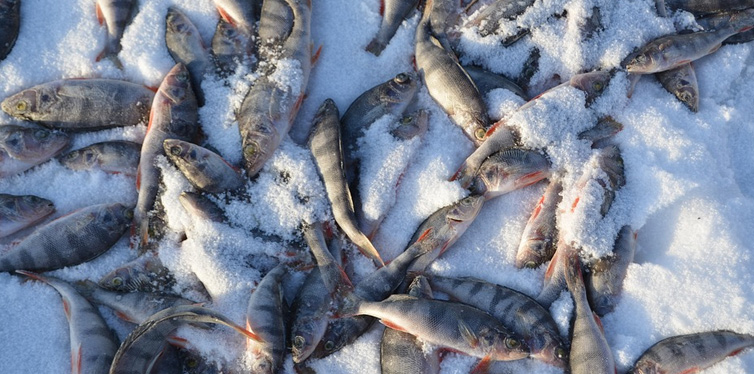
5. Water Freeze The Fish
While packaging the fish for storage has a very professional feel to it, perhaps, you would rather your fish remains stored in its natural habitat – water. This method would put those hundreds of old cream bowls your wife insists would come in handy someday. The trick is to load a container with fish which by the way is better packed when filleted ensuring the fish is tightly packed.
Add on just enough water to cover the fish. The idea is for the water used to be a little as possible, it being just enough to freeze the fish but not so much it is able to remove nutrients from it not to mention slowing down the freezing process hence the need to pack the fish tight. Make sure of the fish you are storing though, salmon and trout, in particular, do not respond well to water freezing.
With all these tricks in-hand, it’s surely beginning to look like a real fishing trip day.


